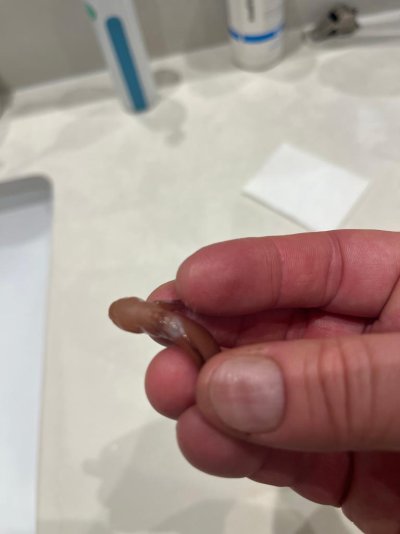I quarantined about 10 small fish in a 60 liter tank with a sponge filter and biomedia filter.
I first treated the tank with copper, so I had to turn off the skimmer and removed the charcoal filter.
The fish seemed to be in quite good condition when I received them.
However, after the first week, fish started dying, some with no visible symptoms. Some with visible sores (pic attached).
They would be seemingly fine at night, dead in the morning.
I tried treating with kanaplex first, then prazipro, added a bit of hydrogen peroxide at night....
I was doing weekly water changes of 15 - 20 liters.
They just kept dying.
I moved the remaining survivors into the main tank (with full filtration, UV filter, and skimmer) and now they're doing fine.
How do I keep the water in the QT safe without the full filtration?
Thanks!
Seth

I first treated the tank with copper, so I had to turn off the skimmer and removed the charcoal filter.
The fish seemed to be in quite good condition when I received them.
However, after the first week, fish started dying, some with no visible symptoms. Some with visible sores (pic attached).
They would be seemingly fine at night, dead in the morning.
I tried treating with kanaplex first, then prazipro, added a bit of hydrogen peroxide at night....
I was doing weekly water changes of 15 - 20 liters.
They just kept dying.
I moved the remaining survivors into the main tank (with full filtration, UV filter, and skimmer) and now they're doing fine.
How do I keep the water in the QT safe without the full filtration?
Thanks!
Seth





















